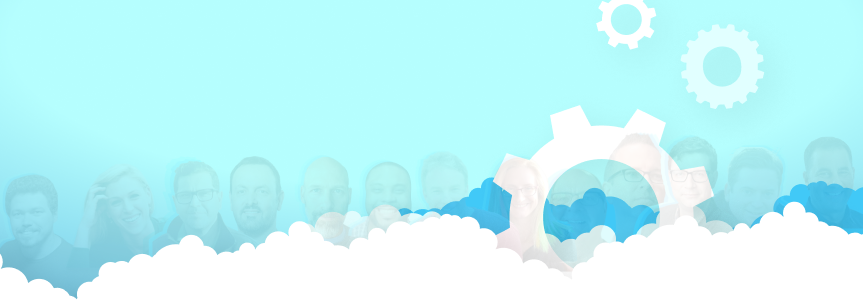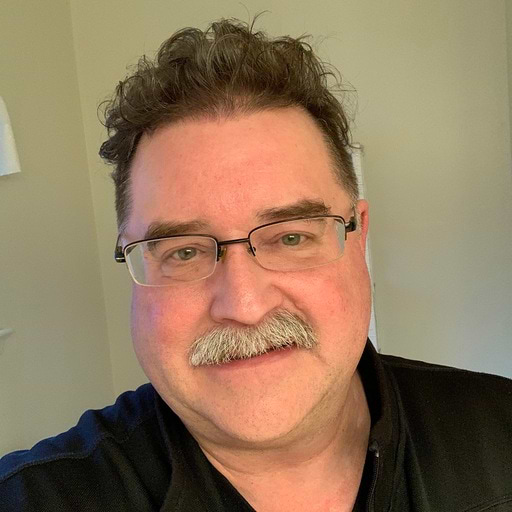
If you didn’t attend our recently concluded DevOps Cloud Days online conference, you missed a learning event that those who did called “fantastic” and “meaningful.” In written feedback, developers, operations staff, and security admins who attended described the presentations as “powerful,” “inspiring” and “excellent.”
Fortunately, it wasn’t your last chance to share that fruitful experience with us.
Co-sponsored by our partners Amazon Web Services (AWS), Microsoft Azure and Google Cloud, this annual event covered the latest trends in cloud native DevOps and SecOps and how these cloud vendors and their customers work with JFrog for binary management and security.
If you missed it or want to re-watch a session, we’ve got good news: All presentations are now available on demand. And we have even more learning opportunities planned for this month and next that you can join.
At DevOps Cloud Days, over 15 expert speaker sessions and demos from our cloud partners and customers provided insights on how to better and more quickly package, secure, and deliver applications and updates.
Here are 5 of the top sessions and their takeaways:
#1 Shrinking Software Delivery Timelines
Yoav Landman, JFrog CTO and Co-founder helped to kick off the event illustrating how the ever-growing velocity and complexity of developing great software drove JFrog to create an End-to-End DevOps Platform. The JFrog Platform was designed to address scale, security, and data protection challenges. It supports diverse and hyperscale workloads, allowing you to focus on your core business by harnessing the cloud and managed services to reduce operational complexity. In Simplicity & Velocity: Focusing on Your Core Business, Yoav explains how to meet the demands of an ever shrinking timeline to deliver software.
“Thanks for putting together this fantastic event. Looking forward to receiving the links! ”
#2 The SDLC is Dead. Long Live the Revolution!
Emily Freeman, Head of DevOps Product Marketing for AWS, led with a keynote on Rethinking the SDLC. In this keynote discussion, Emily recaps how the SDLC remains almost identical to its original layout. Yet the ecosystem in which we develop software is radically different. We work in systems that are distributed, decoupled, complex and can no longer be captured in an archaic model. It’s time to think differently. It’s time for a revolution. The Revolution model of the SDLC captures the multi-threaded, nonsequential nature of modern software development. It embodies the roles engineers take on and the considerations they encounter along the way. It builds on Agile and DevOps to capture the concerns of DevOps derivatives like DevSecOps and AIOps. And it, well, revolves to embrace the iterative nature of continuous innovation. This talk introduces this new model and discusses the need for how we talk about software to match the experience of development.
“That was a powerful keynote”. . .”What an inspiring keynote!”. . .”Would need to watch the keynote a second time, very well delivered and articulated.”
#3 Move it. Move it. How to Move those Microservices.
In this tutorial on Improving Microservices DevOps with Dapr and Java, Microsoft Azure Engineering Manager Artur Souza and Microsoft Azure Principal Group Product Manager Paul Yuknewicz explain how Microservices are a key part of how we deliver on highly scalable and reliable applications in the cloud. Several key challenges are holding back developers and DevOps in tech teams – from lack of runtimes to challenges making code portable to deliver in multiple environments (e.g. dev->prod, Kubernetes, VMs, and edge). In this session we’ll show how Dapr, an OSS & CNCF API and runtime, make teams more productive building and delivering microservices applications using modern DevOps practices. They show specific features and practices to make Java and spring apps ultra portable and take advantage of features like pub-sub, mTLS, resiliency and observability.
“Thank you for this well organized and meaningful event. It was a wonderful day, well spent listening to great speakers”
#4 Having DORA as our Guide for More Effective DevOps
In DO, RE, Me: Measuring the effectiveness of Site Reliability Engineering, Google Cloud Developer Relations Engineer Dave Stanke outlines how to leverage the combined benefits of DevOps and SRE best practices to achieve the most successful outcomes. The DevOps Research and Assessment group, or DORA, has conducted broad research on engineering teams’ use of DevOps for nearly a decade. Meanwhile, Site Reliability Engineering (SRE) has emerged as a methodology with similar values and goals to DevOps. How do these movements compare? In 2021, for the first time, DORA studied the use of SRE across technology teams, to evaluate its adoption and effectiveness. The group found that SRE practices are widespread, with a majority of teams surveyed employing these techniques to some extent. We also found that SRE works: higher adoption of SRE practices predicts better results across the range of DevOps success metrics. In this talk, we’ll explore the relationship between DevOps and SRE and how even elite software delivery teams can benefit through the continuous modernization of technical operations.
“The content was priceless”. . .”I didn’t want it to end”
#5 How to get Monster Results with your DevOps Automation
Hear from Monster Architects Martin Eggenberger and Graham Bucknell as they explain in their own words how Monster enables their teams to deliver fast with better quality thanks to JFrog and AWS. In this session, they provide an inside look how Monster.com fully automated its software release timeline. JFrog provided them the tools to accelerate Monster.com’s software releases from three months of manual effort to just a few minutes. Furthermore, by moving to the infrastructure and services in AWS cloud, the development team is able to easily quantify and report the cost savings delivered back to the organization.
“Thank you so much. You guys are just amazing. Will stay in touch with you for better future opportunities. Keep Growing, Love from INDIA”
Continue With Cloud DevOps
“I can’t wait for the workshops to keep going”
The love and the learning from JFrog and our cloud partners AWS, Google Cloud and Microsoft doesn’t end here. As a follow-on to the event, we’re holding hands-on workshops in February and March based on the demos presented during the conference.
Please be sure to sign-up for the free hands-on workshops showing how to securely deliver artifacts and container images from Git through production deployments across the different clouds.





